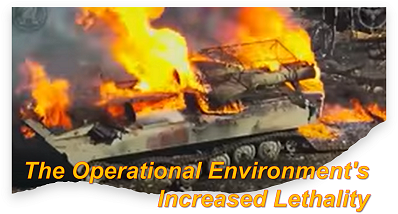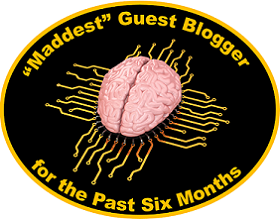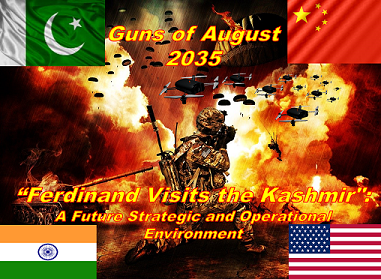[Editor’s Note: During the past decade, we’ve witnessed several conflicts around the globe that are shaping our understanding of the contemporary battlespace. Combat operations in Syria, Nagorno-Karabakh, and Ukraine have seen the convergence of battlefield transparency, autonomous systems, and … Read the rest
217. “Maddest” Guest Blogger
[Editor’s Note: Every six months, Mad Scientist Laboratory recognizes its “Maddest” Guest Blogger. During the past six months, we’ve published a number of intriguing guest posts that have generated considerable interest and comments across our MadSci Community of Action … Read the rest
208. Guns of August 2035 – “Ferdinand Visits the Kashmir”: A Future Strategic and Operational Environment
[Editor’s Note: Today’s post by guest bloggers Mike Filanowski, Ruth Foutz, Sean McEwen, Mike Yocum, and Matt Ziemann (collectively, Team RSM3 from the Army Futures Study Group Cohort VI in 2019), effectively uses storytelling to illustrate … Read the rest
184. Blurring Lines Between Competition and Conflict
[Editor’s Note: The United States Army faces multiple, complex challenges in tomorrow’s Operational Environment (OE), confronting strategic competitors in an increasingly contested space across every domain (land, air, maritime, space, and cyberspace). The Mad Scientist Initiative, the U.S. … Read the rest




